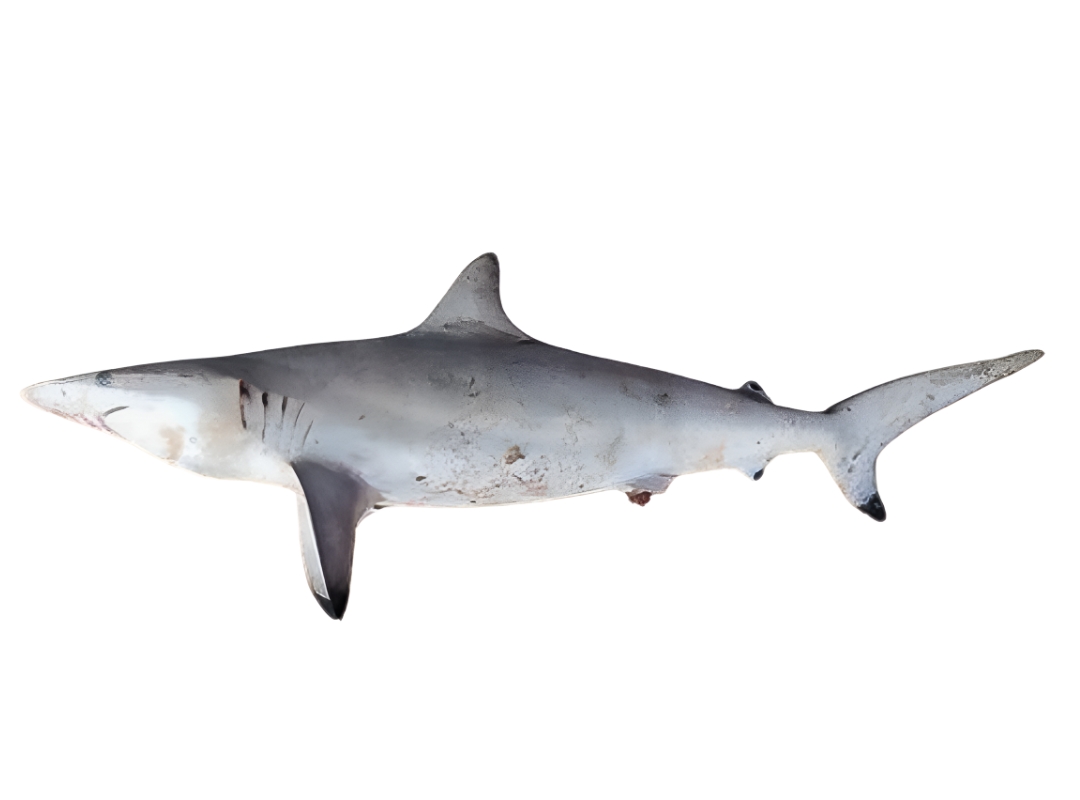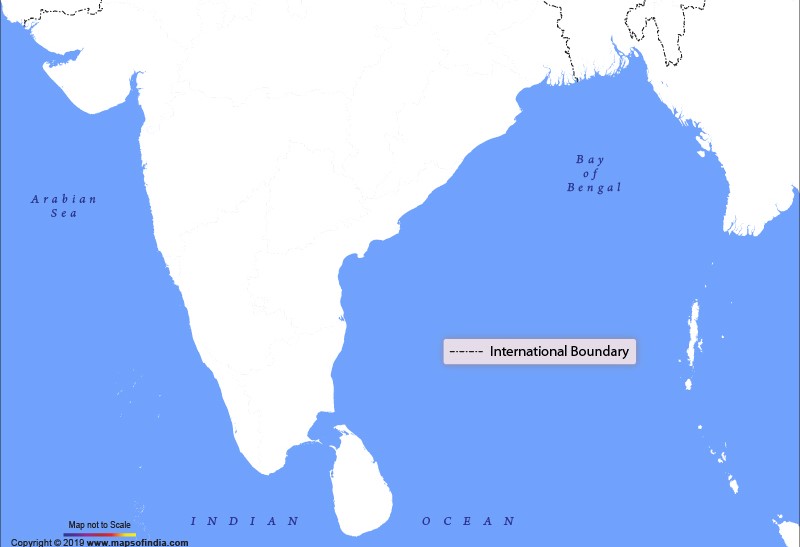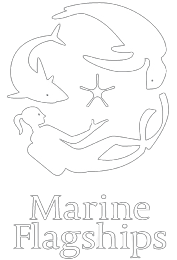Species Name
Spinner Shark
Scientific Name
Carcharhinus brevipinna (müller & henle, 1839)
Family Name
Carcharhinidae
IUCN Status
Vulnerable
A slender shark with a long, narrow, pointed snout, long gill slits and small, narrow-cusped teeth; first dorsal fin small; no interdorsal ridge; labial furrows longer than in any other grey shark. Grey above, white below, with a conspicuous white band on sides; second dorsal, anal, undersides of pectorals and lower caudal-fin lobe black or dark grey-tipped in subadults and adults, but unmarked or nearly so in small individuals.
Biology
Length: It reaches a maximum size of 304 cm total length (Weigmann 2016), males mature at 170–220 cm TL and females mature at 160–222 cm TL with regional variation in these parameters; smaller sizes-at-maturity are noted for the North Atlantic and Arabian Seas and the larger sizes-at-maturity for Australia, Taiwan, and South Africa. Size-at-birth of 48–80 cm TL.
Gestation period: Unknown
Litter size: 3-15
Life expectancy: Estimated generation length 12.6 years
Diet: Feeds mainly on pelagic bony fishes, also small sharks, cuttlefish, squids, and octopi.
Habitat and distribution
Habitat: The Spinner Shark is coastal and pelagic in warm temperate and tropical waters on continental and insular shelves. It is a highly migratory species that occurs more frequently in inshore rather than offshore waters and has nursery grounds in shallow, near-shore waters.
Distribution: The Spinner Shark occurs in the Atlantic Ocean, Mediterranean Sea, and the Indo-West Pacific Oceans; it has not been recorded from the Northeast, Eastern Central, and Southeast Pacific Oceans.
Depth: 0-200 m
Known landing centres: Sassoon docks, Royapuram fishing harbour, Cuddalore fishing harbour, Nagapattinam fishing harbour, Junglighat, Burmanallah, Wandoor, Dignabad, Cochin fisheries harbour, Veraval, Mangrol, Porbander, and Okha
Commercial value
The species is used for the meat, fins, liver oil, skin, and cartilage. The meat is valuable and sold both fresh domestically and dried and exported. Spinner Shark fins accounted for 1.2% of fin samples in Hong Kong and 7.9% of the fins traded from United Arab Emirates (UAE) to Hong Kong.
Threats
The Spinner Shark is caught globally as target and retained bycatch of industrial, small-scale, and recreational fisheries using a range of gears, including trawl, longline, and gillnet. It is also taken in beach protection programs that target large sharks. Under-reporting of the Spinner Shark is likely due to misidentification with the Blacktip Shark (C. limbatus). At-vessel mortality (AVM) was estimated as 56% in a commercial prawn trawl fishery and 4–97% in commercial longline fisheries. The longer soak times in the longline fisheries had a much higher AVM.
References
Dudley, S. and Simpfendorfer, C. (2006)
Population status of 14 shark species caught in the protective gillnets off KwaZulu-Natal beaches, South Africa, 1978-2003. Marine and Freshwater Research 57: 225-240.
Ebert, D.A., Fowler, S. and Compagno, L. (2013)
Sharks of the World. A Fully Illustrated Guide. Wild Nature Press, Plymouth, United Kingdom.
Compagno, L.J.V. (1984)
FAO Species Catalogue.
Vol. 4.
Sharks of the world.
An annotated and illustrated catalogue of shark species known to date. Part 2 - Carcharhiniformes. FAO Fish. Synop. 125(4/2):251-655. Rome: FAO.
Compagno, L.J.V., D.A. Ebert and M.J. Smale (1989)
Guide to the sharks and rays of southern Africa. New Holland (Publ.) Ltd., London. 158 p.
Compagno, L.J.V. and V.H. Niem (1998)
Carcharhinidae. Requiem sharks. p. 1312-1360. In K.E. Carpenter and V.H. Niem (eds.) FAO Identification Guide for Fishery Purposes. The Living Marine Resources of the Western Central Pacific. FAO, Rome.
Fields, A.T., Fischer, G.A., Shea, S.K., Zhang, H., Abercrombie, D.L., Feldheim, K.A., Babcock, E.A. and Chapman, D.D. (2018)
Species composition of the international shark fin trade assessed through a retail‐market survey in Hong Kong. Conservation Biology 32(2): 376–389.
Joung, S.J. Liao, Y.-Y. Liu, K.-M. Chen, C.T. Leu, L.C. (2005)
Age, Growth, and Reproduction of the Spinner Shark, Carcharhinus brevipinna, in the Northeastern Waters of Taiwan. Zoological Studies 44(1): 102–110.
Last, P.R. and Stevens, J.D. (2009)
Sharks and Rays of Australia. Second Edition. CSIRO Publishing, Collingwood.
Branstetter, S. (1987)
Age and growth estimates for Blacktip, Carcharhinus limbatus, and Spinner, C. brevipinna, sharks from the northwestern Gulf of Mexico. Copeia 4: 964–974.
Carlson, J.K. and Baremore, I.E. (2005)
Growth dynamics of the spinner shark (Carcharhinus brevipinna) off the United States southeast and Gulf of Mexico coasts: a comparison of methods. Fishery Bulletin 103(2): 280–291.
Allen, B.R. and Wintner, S.P. (2002)
Age and Size of the spinner shark Carcharhinus brevipinna (Müller and Henle, 1839) off the Kwazulu-Natal coast, South Africa. South African Journal of Marine Science 24(1): 1–8.
Geraghty, P.T., Macbeth, W.G., Harry, A.V., Bell, J.E., Yerman, M.N., and Williamson, J.E. (2013)
Age and growth parameters for three heavily exploited shark species off temperate eastern Australia. ICES Journal of Marine Science 71: 559–573.
Jabado, R. W. and Ebert, D. A. (2015)
Sharks of the Arabian Seas: An Identification Guide. The International Fund for Animal Welfare (IFAW), Dubai, United Arab Emirates. 240 pp. Available at https://www.researchgate.net/profile/Rima_Jabado/publication/277598968_Sharks_of_the_Arabian_Seas_an_identification_guide/links/559230b708ae1e1f9bb02078.pdf.
Arrizabalaga, H., de Bruyn, P., Diaz, G.A., Murua, H., Chavance, P., de Molina, A.D., Gaertner, D., Ariz, J., Ruiz, J. and Kell, L.T. (2011) Productivity and susceptibility analysis for species caught in Atlantic tuna fisheries. Aquatic Living Resources 24(1): 1–12.
Dharmadi, D., Mahiswara, M. and Kasim, K. (2017)
Catch composition and some biological aspects of sharks in western Sumatera waters of Indonesia. Indonesian Fisheries Research Journal 22(2): 99-108.
ICCAT (International Commission for the Conservation of Atlantic Tuna). (2018)
Report of the 2018 ICCAT Intersessional Meeting of the Shark Species Group. ICCAT, Madrid, Spain, 2–6 July, 2018.
Martínez-Candelas, I.A., Pérez-Jiménez, J.C., Espinoza-Tenorio, A., McClenachan, L. and Méndez-Loeza, I. (2020)
Use of historical data to assess changes in the vulnerability of sharks. Fisheries Research 266: 105526.
Tillett, B.J., Field, I.C., Bradshaw, C.J.A., Johnson, G., Buckworth, R.C., Meekan, M.G. and Ovenden, J.R. (2012)
Accuracy of species identification by fisheries observers in a north Australian shark fishery. Fisheries Research 127: 109-115.


Related Species
- Tiger Shark
- Silky Shark
- Blacktip Reef Shark
- Common Blacktip Shark
- Spot-tail Shark
- Milk Shark
- Spadenose Shark
- Bignose Shark
- Blackspot Shark
- Blue Shark
- Broadfin Shark
- Bull Shark
- Dusky Shark
- Ganges Shark
- Graceful Shark
- Grey Reef Shark
- Grey Sharpnose Shark
- Hardnose Shark
- Sliteye Shark
- Silvertip Shark
- Sharptooth Lemon Shark
- Sandbar Shark
- Pondicherry Shark
- Pigeye Shark
- Oceanic Whitetip Shark
- Irrawaddy River Shark
- Speartooth Shark
- Whitecheek Shark
- Whitetip Reef Shark

